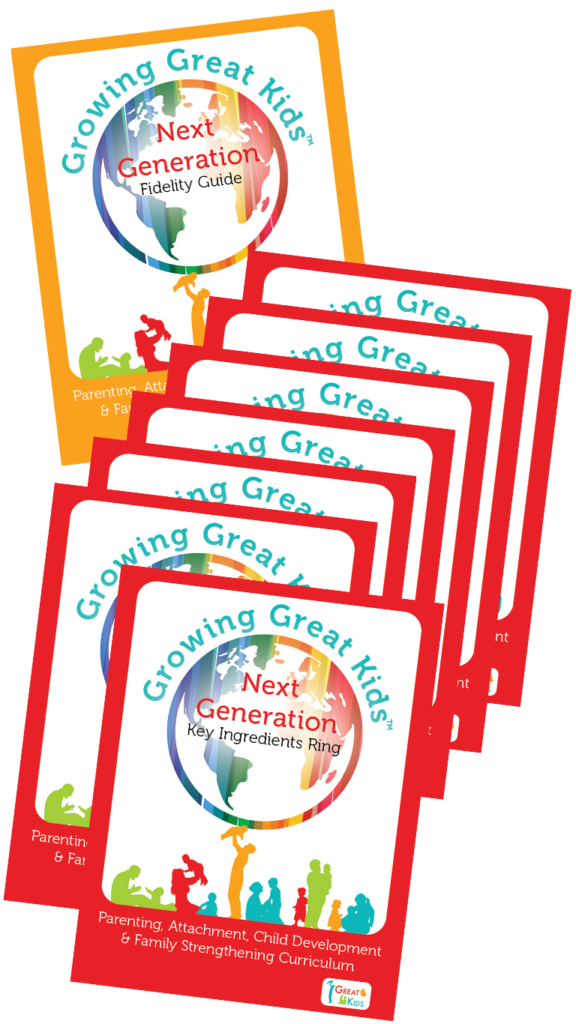The artist Sarah Walker is quoted as saying “that becoming a mother is like discovering the existence of a strange new room in the house where you already live.” (LaFrance, 2015) Research tells us that many of the emotional changes that occur during pregnancy and after are largely changes to the mother’s brain. In her article on this topic, Adrienne LaFrance explains that “activity increases in the regions that control empathy, anxiety, and social interaction.” She continues, by adding that many of the hormones that flood the mother’s brain are designed to help attract the new mother to her baby. (LaFrance, 2015)
Maternal brain researcher, Pilyoung Kim calls this growth in the emotional regulation areas of the brain, “maternal motivation.” (LaFrance, 2015) The selfless nature of a mother’s love is an extremely powerful motivator of her behavior. (Bartels & Zeki, 2004) This large change to the emotional processing area of the brain, helps the mother to be hypersensitive to the needs of her baby. When this is all working properly, it also helps to protect the new mother’s emotional state. The greater brain response when interacting with her baby was tied to lower maternal anxiety and reduced symptoms of depression. (Barret, et al., 2011)
But what about when it’s not working properly? From that 2011 study of amygdala response, the researchers explain that mothers who experienced “higher levels of anxiety and lower mood” showed less brain response when interacting with their baby. These mothers reported “more stressful” parenting attitudes and experiences. (Barret, et al., 2011) The bottom line seems to be that, in human mothers, maternal mood, parenting quality and motivation are in some way related to functioning of the emotional processing area of the brain.
Ongoing research continues to look at a possible connection between damage to this portion of the brain in the baby as well, and the mother-child relationship. (Bauman, Lavenex, Mason, Capitanio, & Amaral, 2004) The research is inconclusive at this point, but shows some promise toward leading to a deeper understanding of the brain mechanics behind the attachment process. It appears that, at least in monkeys, the baby’s ability to distinguish their mother from others is linked to having a fully functioning amygdala.
It’s also important to note that, although the physical experiences of pregnancy, childbirth, and motherhood work to enhance the mother’s brain, “evolution created other pathways for adaptation to the parental role in human fathers.” (Abraham, et al., 2014) It appears that through caring for and attuning with their new baby, Dads too are also changing their brains by forming new neural pathways.
So apparently research is confirming what we all already know, becoming a parent means big changes, not only in our day to day lives, but actually in our brains as well. As you support families on their own developmental journey, remember that there are many sections in the GGK and GGF curriculum manuals that can guide your conversations.
You find that this is a topic that comes up repeatedly in the curriculum, but be sure to check out the following:
GGK 2015 Prenatal Manual:
o Unit 2:
- Module 2: Prenatal Attachment: Growing Bonds of Love
- Module 3: Prenatal Depression in Moms and Dads is Not Uncommon
- Module 7: Moving Into Fathering Territory
- Module 8: Becoming a Winning Family Team
- Module 9: Driver’s Course for Dads
- Module 10: Fatherhood: The Dad I am Becoming
o Unit 3:
- Module 6: Preparing for the Birthing Process, Subsection: Preparing for the Feelings
GGK Birth to 12 Month Manual:
o Getting Acquainted Unit:
- Module 1: Attachment, Bonding, and Caring for Your New Family
- Module 2: Baby Blues and Postpartum Care
o 4-6 Month Unit:
- Module 2: Social and Emotional Development
- Subsection: Parental Depression Affects Baby’s Development
- Module 5: Play and Stimulation
- Subsection: Play Strengthens Relationships
2014 GGF Manual
o Unit 3:
- Module 8: When Depression is a Concern
Works Cited
Abraham, E., Hendler, T., Shapira-Lichter, I., Kanat-Maymon, Y., Zagoory-Sharon, O., & Feldman, R. (2014). Father’s brain is sensitive to childcare experiences. Proceedings of the National Academy of Sciences of the United States of America, 9792-9797.
Barret, J., Wonch, K., Gonzalez, A., Ali, N., Steiner, M., Hall, G., & Fleming, A. (2011). Maternal affect and quality of parenting experiences are related to amygdala response to infant faces. Social Neuroscience, 252-268.
Bartels, A., & Zeki, S. (2004). The neural correlates of maternal and romantic love. NeuroImage, 1155-1166.
Bauman, M., Lavenex, P., Mason, W., Capitanio, J., & Amaral, D. (2004). The development of mother-infact interactions after neonatal amygdala lesions in rhesus monkeys. The Journal of Neuroscience, 711-721.
LaFrance, A. (2015, January 8). What Happens to a Woman’s Brain When She Becomes a Mother. The Atlantic.

